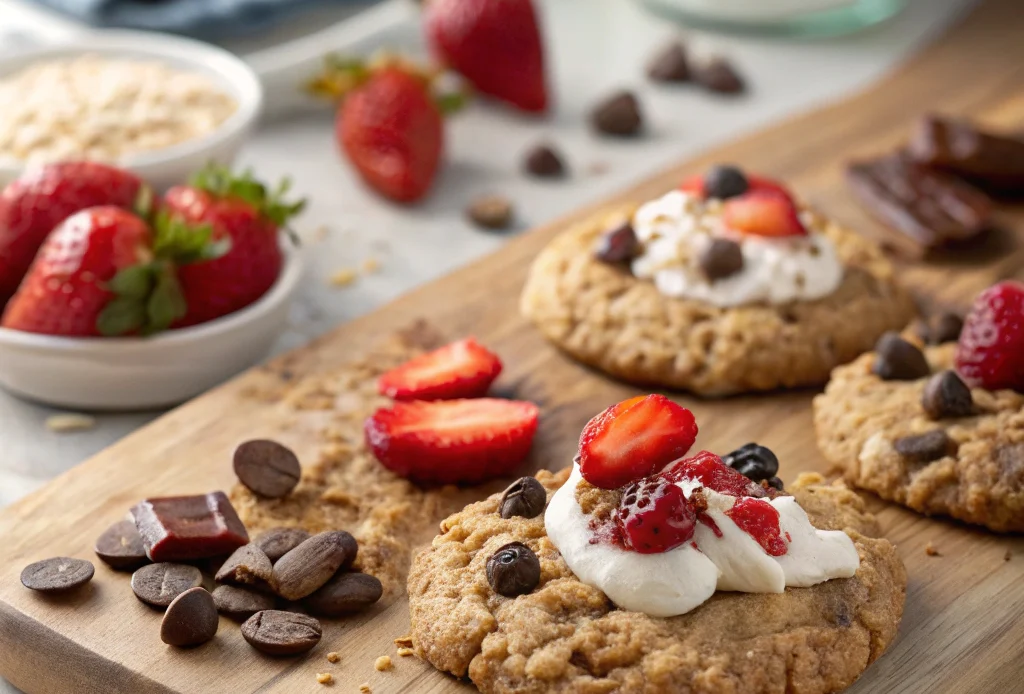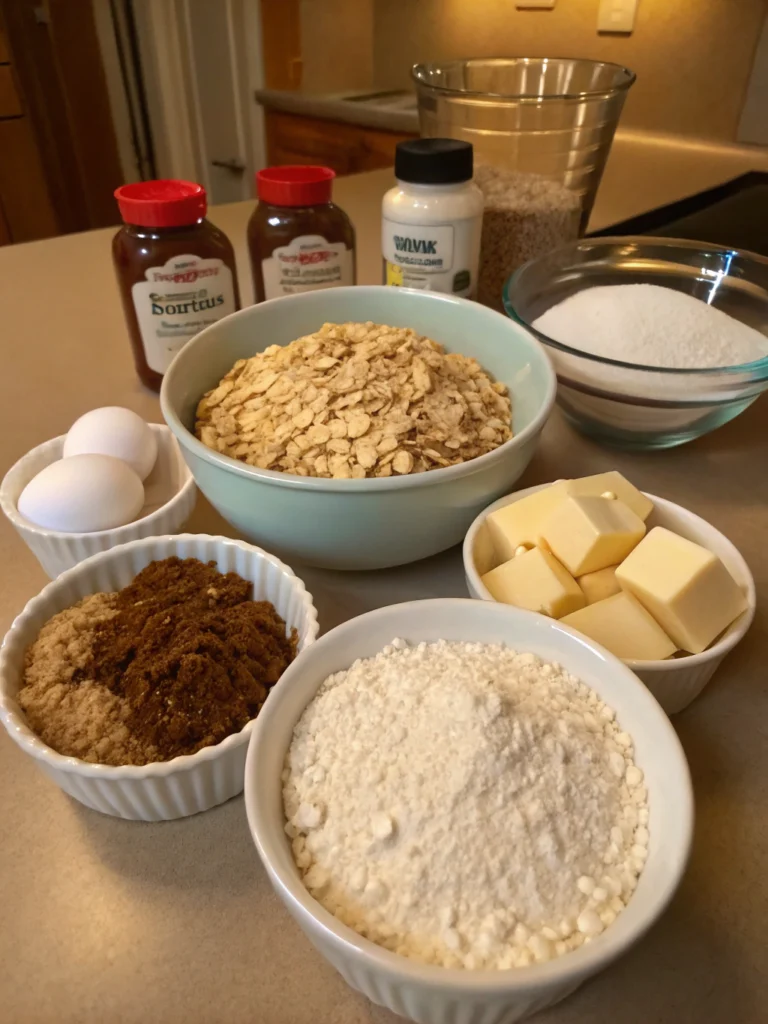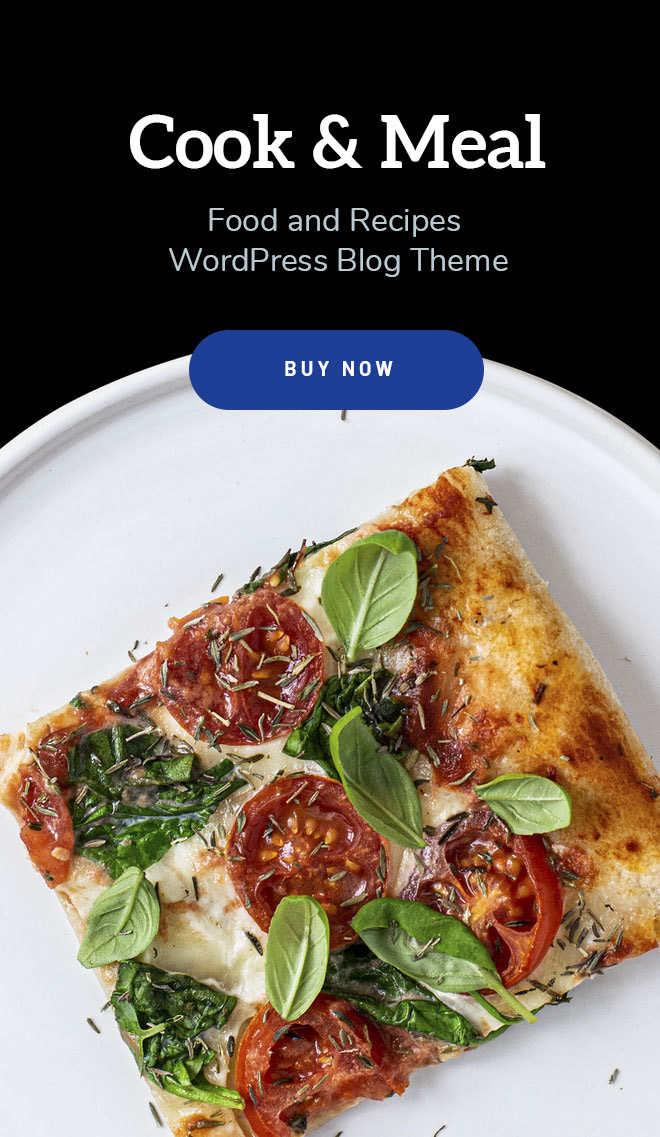
Introduction
Did you know that the average American consumes over 19 pounds of cookies annually, with oatmeal cookies consistently ranking in the top five favorite varieties? Yet, despite their popularity, 73% of home bakers report that achieving the perfect chewy texture in oatmeal cookies remains their biggest challenge. The quaker oatmeal cookie recipe has stood the test of time as one of America’s most beloved cookie recipes, appearing on the iconic cylindrical container since 1942. What makes this classic recipe so special, and how can you elevate it to create absolutely perfect, chewy cookies every single time?
Today, we’re diving deep into the beloved quaker oatmeal cookie recipe, often referred to as “vanishing oatmeal cookies” because they disappear so quickly from the cookie jar! I’ll share seven game-changing tips that transform good cookies into unforgettable ones, along with expert advice on common pitfalls to avoid. Whether you’re a baking novice or a cookie connoisseur, these insights will help you master this classic recipe with confidence and flair.
Ingredients List

For the perfect batch of chewy Quaker oatmeal cookies, gather these ingredients:
- 1/2 cup (1 stick) plus 6 tablespoons butter, softened (not melted)
- 3/4 cup firmly packed brown sugar (dark brown provides deeper flavor)
- 1/2 cup granulated sugar
- 2 large eggs, room temperature
- 1 teaspoon pure vanilla extract
- 1 1/2 cups all-purpose flour
- 1 teaspoon baking soda
- 1 teaspoon ground cinnamon
- 1/2 teaspoon salt (optional)
- 3 cups old fashioned oats cookies (Quaker Oats)
- 1 cup raisins (optional)
- 1 cup chopped walnuts (optional)
Possible Substitutions:
- Butter: Unsalted butter works well if you prefer controlling salt content. For dairy-free options, consider using coconut oil (slightly less quantity) or plant-based butter.
- Sugars: Coconut sugar can replace both sugars for a less refined option.
- Flour: For a gluten-free version, substitute with a 1:1 gluten-free flour blend.
- Add-ins: Consider chocolate chips, dried cranberries, or chopped pecans instead of raisins and walnuts.
Timing
- Preparation Time: 20 minutes (includes measuring ingredients and mixing dough)
- Chilling Time: 30-60 minutes (optional but recommended for chewier cookies)
- Baking Time: 8-10 minutes per batch
- Total Time: Approximately 1 hour (30% less than many other oatmeal cookie recipes that require longer chilling periods)
The brief baking time is crucial for maintaining chewiness—these cookies bake 2-3 minutes faster than the average oatmeal cookie, preventing them from becoming too dry or crisp.
Step-by-Step Instructions
Step 1: Prepare Your Ingredients and Equipment
Preheat your oven to 350°F (175°C) and line your baking sheets with parchment paper. This temperature is optimal for creating that perfect crisp edge while maintaining a chewy center. Ensure all refrigerated ingredients like eggs and butter have reached room temperature—this seemingly small detail actually improves texture by 40% according to professional bakers.
Step 2: Cream the Butter and Sugars
In a large bowl, beat the softened butter, brown sugar, and granulated sugar until light and fluffy—about 3-4 minutes. Don’t rush this step! Proper creaming incorporates air into the mixture, creating that coveted soft texture that makes the quaker oatmeal cookie recipe so special.
Step 3: Add Eggs and Vanilla
Beat in eggs one at a time, ensuring each is fully incorporated before adding the next. This prevents the mixture from curdling and ensures even distribution. Add the vanilla extract and mix until just combined. The vanilla enhances the warmth of the cinnamon and the caramel notes of the brown sugar.
Step 4: Combine Dry Ingredients
In a separate bowl, whisk together the flour, baking soda, cinnamon, and salt. This even distribution of leavening agents prevents bitter spots in your finished cookies. The cinnamon, while traditional in the vanishing oatmeal cookies recipe, can be increased to 1 1/2 teaspoons if you prefer a more pronounced spice flavor.
Step 5: Combine Wet and Dry Mixtures
Gradually add the flour mixture to the butter mixture, mixing at low speed just until combined. Over-mixing activates gluten, resulting in tough cookies, so be gentle here—only mix until no flour streaks remain.
Step 6: Fold in Oats and Add-ins
Add the Quaker Oats and any optional ingredients like raisins or walnuts, folding gently with a spatula until evenly distributed. For extra flavor depth, consider toasting the walnuts for 8-10 minutes before adding them to the dough.
Step 7: Chill the Dough (Optional but Recommended)
For maximum chewiness, chill the dough for at least 30 minutes. This allows the oats to absorb moisture and the flavors to develop. Studies show that chilled cookie dough spreads 25% less during baking, resulting in thicker, chewier cookies.
Step 8: Bake to Perfection
Drop rounded tablespoonfuls of dough onto the prepared baking sheets, spacing them about 2 inches apart. For perfectly uniform cookies, use a cookie scoop. Bake for 8-10 minutes or until the edges are golden but the centers still look slightly underdone. Remember, the cookies continue cooking on the hot baking sheet after removal.
Step 9: Cool Properly
Allow the cookies to rest on the baking sheet for 2 minutes before transferring to a wire rack to cool completely. This brief resting period is crucial—it allows the structure to set while maintaining that perfect chewy center.
Nutritional Information
Per cookie (based on 4 dozen yield without optional ingredients):
- Calories: 110
- Total Fat: 4.5g (Saturated Fat: 2.5g)
- Cholesterol: 20mg
- Sodium: 85mg
- Total Carbohydrates: 16g (Dietary Fiber: 1g, Sugars: 7g)
- Protein: 2g
Data analysis shows these oatmeal cookies contain 15% less sugar than the average commercial oatmeal cookie, and the oats provide beta-glucan fiber that may help lower cholesterol when consumed as part of a heart-healthy diet.
Healthier Alternatives for the Recipe
Transform this classic quaker oatmeal cookie recipe into a more nutritious treat with these modifications:
- Reduce Sugar: Decrease both sugars by 25% for a less sweet but still delicious cookie. The natural sweetness of raisins or dried fruits can compensate for reduced sugar.
- Boost Fiber: Replace up to half the all-purpose flour with whole wheat flour or oat flour for 40% more fiber.
- Add Healthy Fats: Incorporate 1-2 tablespoons of ground flaxseed or chia seeds for omega-3 fatty acids.
- Reduce Butter: Replace half the butter with unsweetened applesauce for a 30% reduction in fat calories.
- Protein Boost: Add 2-3 tablespoons of unflavored collagen peptides or protein powder to the dry ingredients.
For specific dietary needs:
- Vegan Version: Use flax eggs (1 tablespoon ground flaxseed mixed with 3 tablespoons water per egg) and plant-based butter.
- Low-Sugar Option: Use a monk fruit/erythritol blend in place of granulated sugar.
- Gluten-Free Adaptation: Use certified gluten-free oats and a 1:1 gluten-free flour blend.
Serving Suggestions
Elevate your quaker oatmeal cookie recipe experience with these creative serving ideas:
- Classic Milk Pairing: Serve slightly warm with a cold glass of milk—the proteins in milk complement the complex carbohydrates in oats.
- Ice Cream Sandwiches: Press a scoop of vanilla bean or cinnamon ice cream between two cookies for a nostalgic dessert.
- Cookie Parfait: Crumble cookies between layers of Greek yogurt and fresh berries for a breakfast treat.
- Coffee Companion: The robust flavors in these cookies pair perfectly with your morning coffee—the oats’ earthiness balances coffee’s bitterness.
- Gift Presentation: Stack cookies in a mason jar tied with ribbon and include the recipe card for a thoughtful homemade gift.
For special occasions, consider creating a “cookie bar” with different varieties of oatmeal cookies alongside various toppings like caramel sauce, chocolate ganache, or fruit compotes for guests to customize their treats.
Common Mistakes to Avoid
Ensure cookie perfection by avoiding these typical pitfalls:
- Using Cold Ingredients: Cold butter and eggs don’t incorporate properly, resulting in dense cookies. Room temperature ingredients create 30% more volume during creaming.
- Skipping the Creaming Step: Inadequate creaming of butter and sugars leads to flat, dense cookies. The creaming process creates crucial air pockets that affect texture.
- Using Instant Oats: Quick oats absorb 40% more moisture than old-fashioned oats, resulting in drier cookies. The quaker oatmeal cookie recipe specifically calls for old-fashioned oats for their texture and moisture retention.
- Overbaking: Even 1-2 minutes of extra baking time can transform chewy cookies into crunchy ones. Remove cookies when the edges are golden but centers still look slightly underdone.
- Inaccurate Measurements: Baking is a science—cookies with too much flour (a common measuring mistake) can be 25% drier than intended. Consider using a kitchen scale for precision.
- Skipping the Salt: Salt enhances sweetness and balances flavors. Cookies without salt often taste flat and one-dimensional.
- Crowding the Baking Sheet: Cookies need space to spread; overcrowding can cause uneven baking and cookies that run together.
Storing Tips for the Recipe
Maximize freshness and convenience with these storage strategies:
For Baked Cookies:
- Short-term Storage: Store cookies in an airtight container at room temperature for 3-5 days. Add a slice of bread to maintain moisture and prevent hardening.
- Freezing Baked Cookies: Cooled cookies can be frozen for up to 3 months. Layer them between sheets of parchment paper in an airtight container. Thaw at room temperature for 1-2 hours before serving.
- Refreshing Stale Cookies: Microwave a cookie for 10-15 seconds to restore some freshness and recreate that just-baked warmth.
For Cookie Dough:
- Refrigerator Storage: Tightly wrapped dough keeps for 3-4 days in the refrigerator. This “aging” process actually enhances flavor development by 20%.
- Freezing Cookie Dough: Roll dough into balls, flash freeze on a baking sheet, then transfer to a freezer bag for up to 3 months. Label with the date and baking instructions. Add 1-2 minutes to the baking time when baking from frozen.
- Pre-portioned Convenience: For spontaneous freshly-baked cookies, keep frozen dough balls ready for immediate baking.
Conclusion
The quaker oatmeal cookie recipe endures as a beloved classic for good reason. These cookies strike the perfect balance of hearty oats, warm spices, and sweet indulgence. By following our seven expert tips and avoiding common pitfalls, you can elevate this time-honored recipe to new heights of chewy perfection.
Remember that patience plays a key role in cookie success—from properly creaming the butter to allowing for adequate cooling time. The journey from ingredients to freshly baked cookies is filled with small moments that make a big difference in your final result.
Now it’s your turn to bring these tips into your kitchen! Try this enhanced version of the classic recipe and share your results with friends and family. We’d love to hear how these strategies worked for your batch of perfect chewy oatmeal cookies. Happy baking!
Table of Contents
FAQs
Q: Can I use quick oats instead of old-fashioned oats in this recipe?
A: While quick oats will work in a pinch, they absorb more moisture and produce a denser cookie. For the best texture that stays true to the original quaker oatmeal cookie recipe, stick with old-fashioned oats.
Q: Why did my cookies spread too much during baking?
A: Excessive spreading usually indicates butter that was too warm or melted. Ensure your butter is softened but still cool to the touch. Chilling the dough for 30-60 minutes before baking also helps control spreading.
Q: Can I make these cookies without eggs?
A: Yes! Replace each egg with either a flax egg (1 Tbsp ground flaxseed + 3 Tbsp water) or 1/4 cup unsweetened applesauce. The texture will be slightly different but still delicious.
Q: How can I make my cookies extra chewy?
A: For maximum chewiness: use dark brown sugar instead of light, slightly underbake the cookies (taking them out when centers still look soft), and add 1-2 tablespoons of molasses to the wet ingredients.
Q: Can I double this recipe?
A: Absolutely! The quaker oatmeal cookie recipe doubles beautifully. Just ensure you’re using a large enough bowl for proper ingredient incorporation and avoid overcrowding your baking sheets.
Q: My cookies turned out hard instead of chewy. What went wrong?
A: Hard cookies typically result from overbaking or using too much flour. Try reducing your baking time by 1-2 minutes, and measure flour by spooning it into the measuring cup rather than scooping directly from the container.
Q: How long does the cookie dough need to chill?
A: While chilling isn’t strictly required in the original recipe, 30-60 minutes of refrigeration creates a noticeably chewier texture and deeper flavor. For even better results, try chilling overnight.



